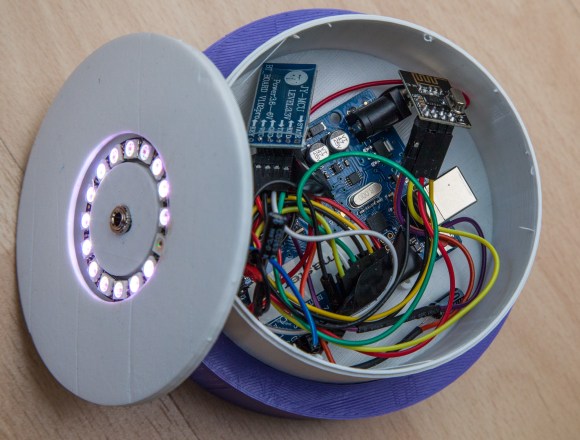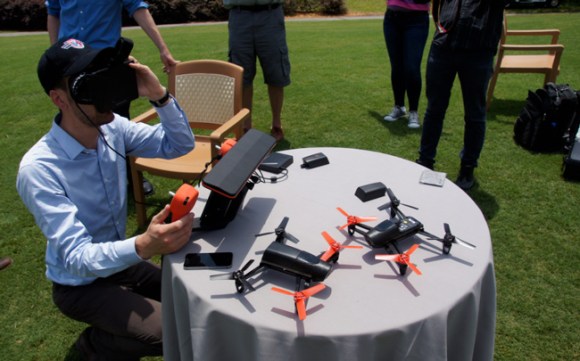 The current research tool du jour in the field of neuroscience and psychology is the fMRI, or functional magnetic resonance imaging. It’s basically the same as the MRI machine found in any well equipped hospital, but with a key difference: it can detect very small variances in the blood oxygen levels, and thus areas of activity in the brain. Why is this important? For researchers, finding out what area of the brain is active in response to certain stimuli is a ticket to Tenure Town with stops at Publicationton and Grantville.
The current research tool du jour in the field of neuroscience and psychology is the fMRI, or functional magnetic resonance imaging. It’s basically the same as the MRI machine found in any well equipped hospital, but with a key difference: it can detect very small variances in the blood oxygen levels, and thus areas of activity in the brain. Why is this important? For researchers, finding out what area of the brain is active in response to certain stimuli is a ticket to Tenure Town with stops at Publicationton and Grantville.
fMRI labs are expensive, and [Jeremy]’s submission to The Hackaday Prize is aiming to do the same thing much more cheaply, and in a way that will vastly increase the amount of research being done with this technique. How is he doing this? Using the same technology used in high-tech vein finders: infrared light.
[Jeremy]’s idea is much the same as a photoplethysmograph, better known as a pulse oximeter. Instead of relatively common LEDs, [Jeremy] is using near infrared LEDs, guided by a few papers from Cornell and Drexel that demonstrate this technique can be used to see blood oxygen concentrations in the brain.
Being based on light, this device does not penetrate deeply into the brain. For many use cases, this is fine: the motor cortex is right next to your skull, stretching from ear to ear, vision is taken care of at the back of your head, and memories are right up against your forehead. Being able to scan these areas noninvasively with a device you can wear has incredible applications from having amputees control prosthetics to controlling video game characters by just thinking about it.
[Jeremy]’s device is small, about the size of a cellphone, and uses an array of LEDs and photodiodes to assemble an image of what’s going on inside someone’s head. The image will be somewhat crude, have low resolution, and will not cover the entire brain like an fMRI can. It also doesn’t cost millions of dollars, making this one of the most scientifically disruptive entries we have for The Hackaday Prize.
You can check out [Jeremy]’s intro video below.
 The project featured in this post is a semifinalist in The Hackaday Prize.
The project featured in this post is a semifinalist in The Hackaday Prize.
Continue reading “THP Semifinalist: FNIR Brain Imager” →








 The current research tool du jour in the field of neuroscience and psychology is the fMRI, or functional magnetic resonance imaging. It’s basically the same as the MRI machine found in any well equipped hospital, but with a key difference: it can detect very small variances in the blood oxygen levels, and thus areas of activity in the brain. Why is this important? For researchers, finding out what area of the brain is active in response to certain stimuli is a ticket to Tenure Town with stops at Publicationton and Grantville.
The current research tool du jour in the field of neuroscience and psychology is the fMRI, or functional magnetic resonance imaging. It’s basically the same as the MRI machine found in any well equipped hospital, but with a key difference: it can detect very small variances in the blood oxygen levels, and thus areas of activity in the brain. Why is this important? For researchers, finding out what area of the brain is active in response to certain stimuli is a ticket to Tenure Town with stops at Publicationton and Grantville. The project featured in this post is
The project featured in this post is 








